On the bison beat
In the Southern Carpathians, Rewilding Europe’s bison rangers are playing a key role in the success of our reintroduction project.

In the Southern Carpathians, Rewilding Europe’s bison rangers are playing a key role in the success of our reintroduction project.
Multi-day collaborative workshop in the Southern Carpathians sees construction of beautifully designed building for wildlife viewing and related events.
This year’s birth of three bison calves bodes well for the successful reintroduction of this majestic herbivore.
The spectacular sight of Europe’s largest land animal running wild is set to become more common in Romania’s Țarcu Mountains. After a long journey from the Avesta Reserve in Sweden, a group of nine European bison arrived at Rewilding Europe’s Southern Carpathians rewilding area on April 22 and 23. The group will eventually join free-roaming animals that have been released here over successive years since 2014.
I can easily say that for me September this year was the ‘bison month’. At the beginning of this month, I participated at the annual European bison conference in Poland where we discussed the status and progress on the return of Europe’s largest living land mammal. Then, I travelled all the way to Canada to show the North American bison conservationists what we are doing over here in Europe to support our own bison species, and learn from the work done on the American bison. It turns out that there are quite some similarities between our intercontinental stories about these iconic animals.
Last Friday, the LIFE project “Urgent actions for the recovery of European Bison populations in Romania” (LIFE Bison) held its opening ceremony at the “Grigore Antipa” Natural History Museum in Bucharest, Romania. The project works to build a viable population of the European bison in the Tarçu Mountains Natura 2000 site in the Southern Carpathians. The event also marked the opening of the exhibition “The largest land mammal in Europe returns to the Southern Carpathian wilderness”, hosted by the Museum and open to public until end of November.
Over the last four months, I have been doing my internship in the Southern Carpathians rewilding area in Romania. This internship was part of my Master study of Biology at the Wageningen University in The Netherlands. One of my professors connected me with Rewilding Europe where he suggested to me to check out their rewilding project in the Southern Carpathians. After being in touch with the Romanian rewilding team, it became clear that they could really use an intern student this summer, so I went for it!
The Bison Visitor Centre in Armeniș, Țarcu Mountains, Romania, is now presenting scientific data about the bison in a playful and immersive way. It has the biggest holographic projection in Europe with two more installations that were built at the crossroads between art and technology. The data feed, animating the installations, is being continuously collected from the field by trainees from Romania and abroad who study different relevant subjects related to natural sciences. They live and work in the nearby village of Feneș, at the Research Station which was inaugurated this August.
This Saturday, after 3000 km of travelling, ten more European bison originating from Belgian and German zoos and wildlife centres arrived at the Țarcu Mountains in the southern part of Romania. This group joined the herds Rewilding Europe and WWF Romania released here in 2014 and 2015, making one more step towards creating a viable wild bison population to roam freely in this area after 200 years of absence.
This year a new project started in the Southern Carpathians called “Wilderness Innovation Lab”, co-financed by a grant from the Swiss Contribution to the enlarged EU. The aim of the project is to help tell the story of bison reintroductions in real time through multimedia installations in the Southern Carpathians Visitor Centre. The centre is located in Armeniş, Caras-Severin County in Romania where Rewilding Europe and WWF Romania are leading a bison reintroduction project, on a 59,000 hectare protected area.